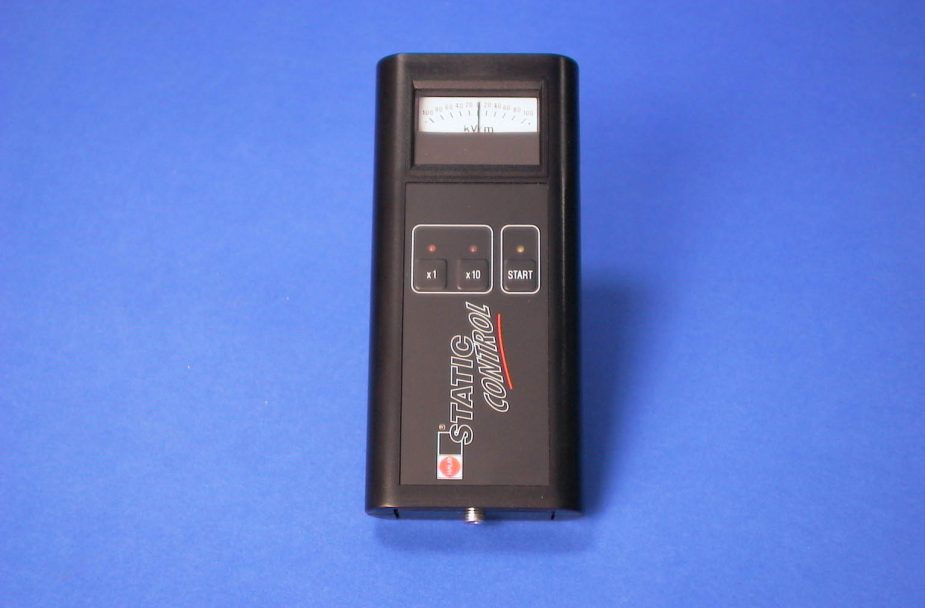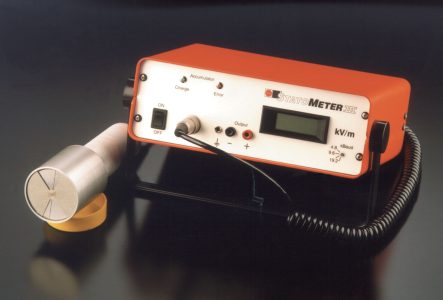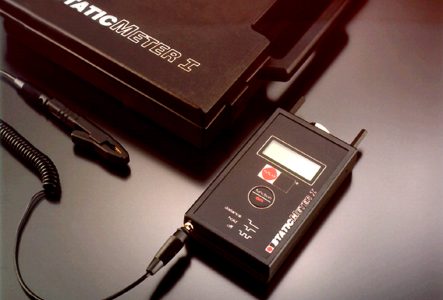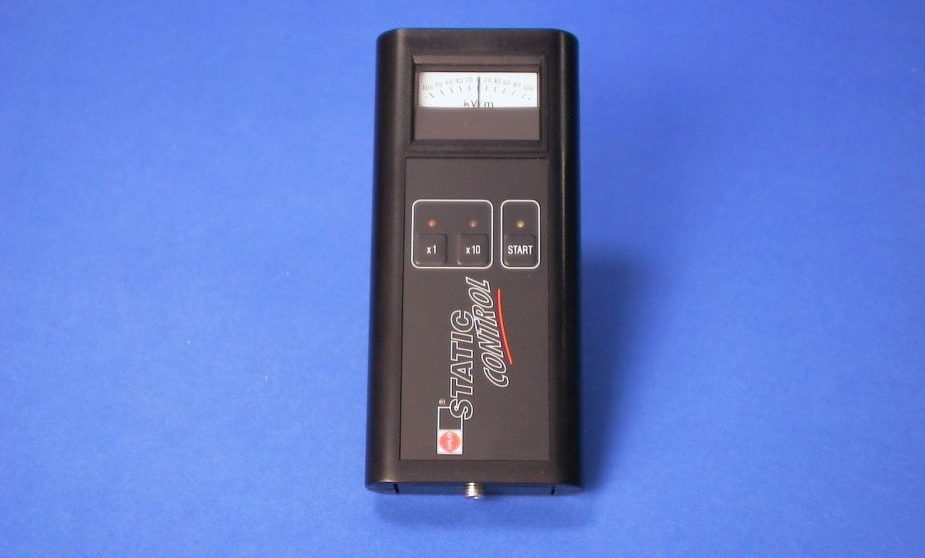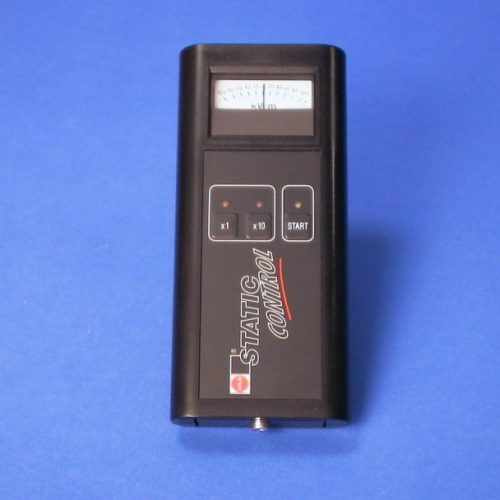Measuring instruments
Generalities
To accompany our electrostatic systems we have Measuring Instruments of various types, especially to monitor the operation of the ionizing bars and power supplies and to measure the electrostatic field strength before and after treatment.
Available measuring instruments
HAUG offers various types of instrumentation to measure electrostatic charges and verify the proper functioning of power supplies and discharge bars.
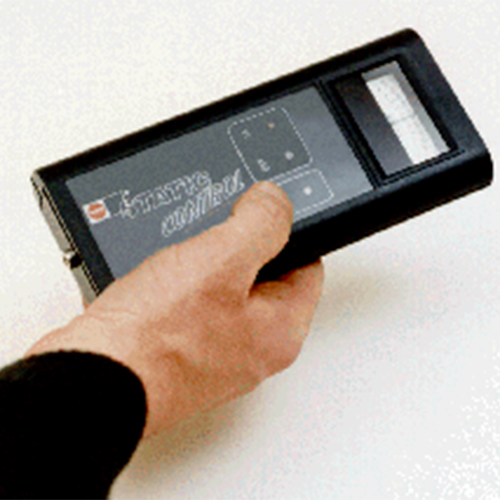
Static Control
is the simplest portable instrument for measuring electrostatic field strength (KVolt/meter). It can measure up to 1000KV/m and is powered by a 9V battery. The instrument is analog with center zero to allow measurement of positive (right) and negative (left) charges. Measurement distance from the material: 20mm.
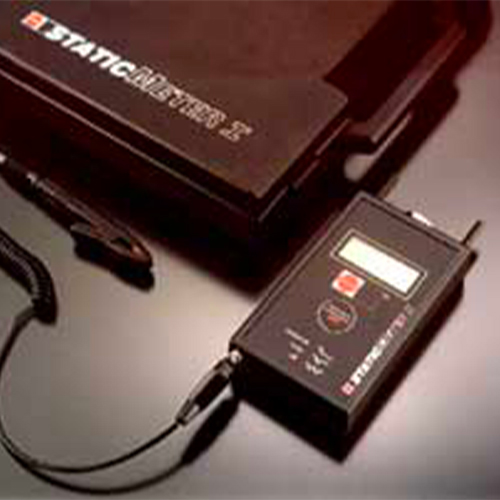
Static Meter I
This instrument is used to measure the electrostatic field voltage (Volts). It is small in size and extremely accurate thanks to its digital display. It is powered by a 9V battery, and comes in a handy case with all accessories. The sensor is equipped with a rotating element to equalize the electric field reading.
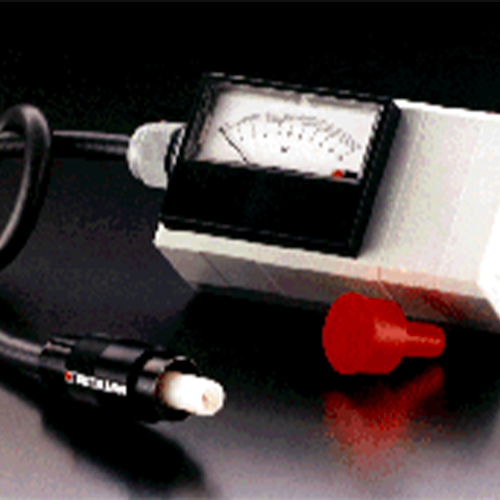
Ac voltmeter (code 12.7232.000)
This instrument is used to measure the output voltage of discharge power supplies (up to 10KVolt ac). It should be installed between the output of the power supply and the discharge bar, so the value of the correct output voltage of the power supply can be monitored.
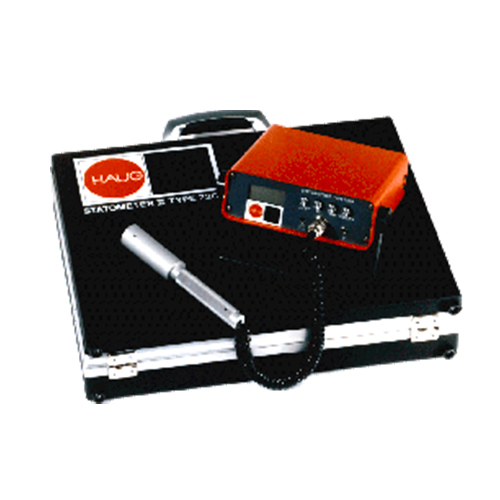
Statometer II
It is an instrument with high-precision digital readout. È uno strumento con lettura digitale di alta precisione. It is powered either by electricity (230V) or rechargeable batteries. È alimentato sia a corrente (230V) sia con batterie ricaricabili. This instrument has an output so that it can be connected to a recorder. With its convenient handle, it is the ideal instrument for both laboratory and on-site measurements.
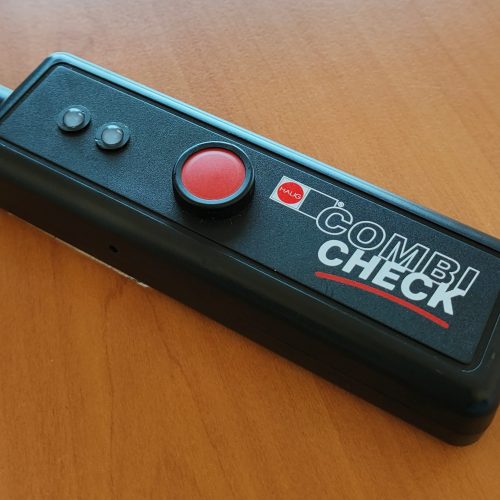
Combicheck
The Combicheck high voltage tester is an operation tester for HAUG power supplies and ionizing units. A switch allows the unit to be set to test both power supplies and ionizing units.
Do you want to request an offer?
Are you interested in receiving more information and being contacted by one of our specialized operators?
Request your offer now

Do you want to request an offer?
Are you interested in receiving more information and being contacted by one of our specialized operators?
Request your offer now
Frequently asked questions
What is electrostatics?
Electrostatics studies stationary electric fields, that is, generated by static charges arranged on dielectric surfaces.
What can be done with electrostatic systems?
One can eliminate the unwanted charge or one can generate a charge.
What is meant by ionization?
It is equivalent to the elimination of electrostatic charge. A bar produces ions that remove charges on the surface.
In what cases should a surface be loaded?
The most typical case is to make one surface adhere to another, making a kind of electrostatic “bonding.”
Are discharge and charge technically different processes?
Yes, a discharge (ionizing) bar generates ions while a charge bar generates a stationary electric field.
If I want to download a movie, can I use one ion bar?
No, since the charges on a dielectric are stationary it is necessary to discharge both faces of the film via two opposing bars.
Why not more simply use an anti-static brush?
This is a good solution to REDUCE the charge, but if you need to ELIMINATE the charge you must use an ionizing bar.
Up to what distance does a discharge bar act?
20-30 mm. However, with the help of appropriate compressed or ventilated air systems, it is possible to reach 500 mm and more.
Are there injury risks in the use of electrostatic systems?
Discharge (ionizing) bars are safe to the touch and do not give any problems (excluding special reported cases). The charge bars, on the other hand, should not be touched during operation; in fact, they should be shielded.
How can I verify the effectiveness of an electrostatic treatment?
Numerous electrostatic charge measurement systems are available in the catalog, but generally the result is seen immediately after treatment.

